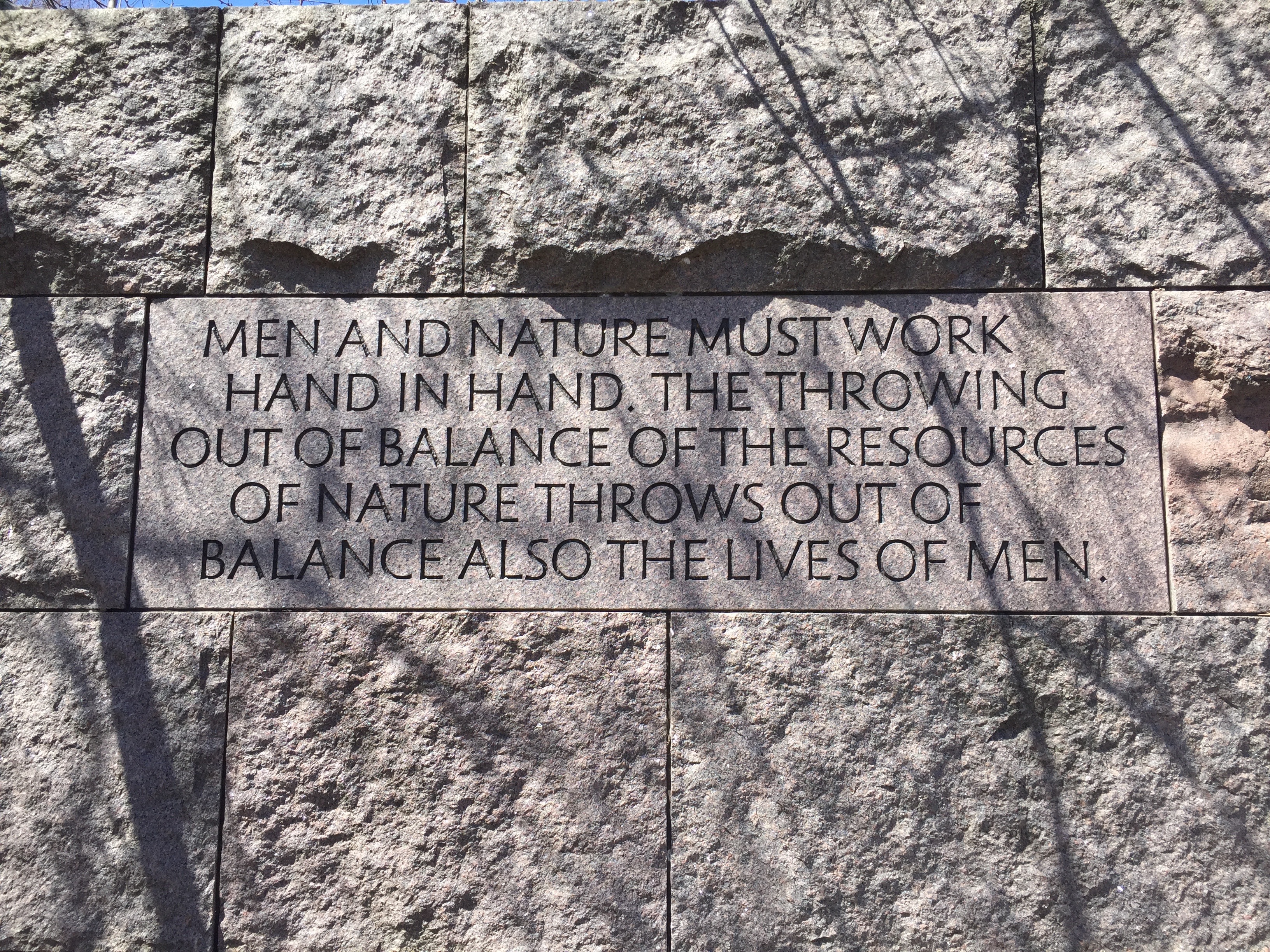Summary of the presentation on….
Iran’s Shia Expansionism in the Greater
Middle East
by
Dr. Eliot Assoudeh
Since the 1979 revolution, Iran has been a political riddle. Its charismatic leader, Ayatollah Rouhollah Khomeini – rejecting liberal democracy, communism, and theocracy alike – introduced the Islamic Republic as a ‘third way.’ The populist, authoritarian regime marked the departure of mass politics in modern Iran; not only unnerving both East and West with challenges to international norms, but unsettling regional neighbors with the export of its revolutionary ideology.
As with right-wing revolutionary movements of the 20th century, the Islamic Revolution ran counter to the legacy of the French Revolution and modernity; yet in a reactionary way it was revolutionary and modern, developing into a complex Shia nationalism that diverges from traditional interpretations of Islam and resetting the political stage. The Islamic Republic is guided by a political religion that holds various myths (Islamic justice, sacralization of politics, anti-imperialism, and rule of the jurist), which constitute its canon (the Imam’s Path) along with a charismatic leader (Ayatollah Khomeini), a messenger (Shia-Iranians), and sacred texts (Khomeini’s writings).
According to Ayatollah Khamenei, the current and second Supreme Leader, there are five goals of the Islamic Revolution aimed toward Shia cultural and geographical expansion: the revolution, the formation of the Islamic system, the Islamic state, the Islamic nation, and Islamic civilization. Stemming from Manichean philosophy, revolutionary elites of Iran generally believe there are only two political parties: the Party of God and the Party of Satan. With this in mind, the Islamic Republic’s initiation of the international movement of Hezbollah (which means Party of God), with its headquarter in Tehran, takes on new meaning.
To establish ideological and cultural strengths to fuel post-revolution expansion, the Islamic Revolutionary Guards Corps (IRGC) established the “Office of Liberation Movements” to support oppressed Shia minority groups. Lebanese Hezbollah was the first militia group Tehran established in the wake of the 1982 Israeli invasion of Lebanon. The rise of a Shia government to power in Iraq after the US-led toppling of Saddam Hussein in 2003 resulted in a Shia awakening across the region. Iran’s support for Shia militias in Iraq strengthened after the US surge in 2006, and again following the outbreak of Syrian civil war.
Iranian elites identify Syria as a new front for opposition to the US-led West. The IRGC recruits Shia fighters for Syria from Hezbollah branches in Afghanistan and Pakistan, rewarding mercenaries with Iranian citizenship and social welfare. Mullahs also work to redefine Syrian demographics, repopulating formerly Sunni-dominated lands with Shia settlers. In 2015, Tehran added Yemen to its sights, an area hardliners believe is crucial to the return of the Mahdi—the Shia savior.
Identifying new Islamic civilization as the final product of the revolution, Khamenei emphasizes that the Shia-Iranian way of life is an epilogue to it, centered on a culture of sacrifice, martyrdom and loyalty to rule of the jurist. To achieve this goal, the regime has developed discourse centered on increasing awareness of Islamic principle, and confronting hegemonic forces that may arise to contend with the plan.
Iran’s clearly expansionist ambitions gave rise to sectarian violence and tit-for-tat Islamism between Shia militias and their Sunni rivals – Wahhabis and Salafists. As Secretary of Defense James Mattis has emphasized, unless its containment is given greater priority in our foreign policy, the Islamic Republic remains a major impediment to long-term stability for the Middle East.
Iranian-born Eliot Assoudeh was born in Iran and recently completed his PhD degree from the University of Nevada-Reno.
The link to Dr. Assoudeh’s presentation is below:

